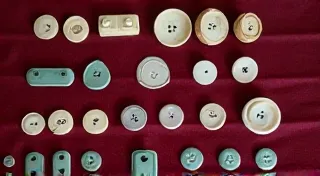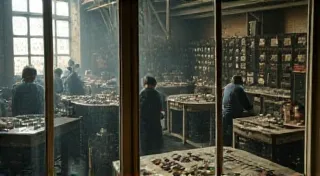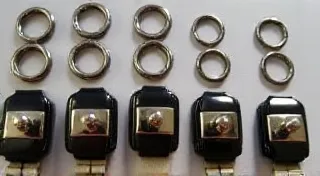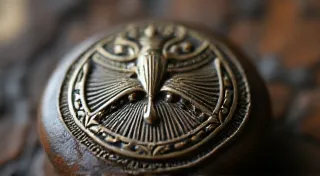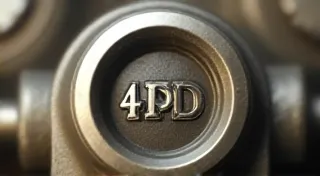Common Button Defects: Identifying and Assessing Condition
Welcome to the Antique Button Collectors Guide! When diving into the world of button collecting, understanding the condition of your treasures is just as crucial as identifying their age and manufacturer. Even the most beautiful antique buttons often bear signs of age and use. Knowing how to recognize and assess these imperfections can significantly impact their value and your overall collecting experience. This article will guide you through some common button defects and how to factor them into your evaluations.
Understanding Button Condition Grading
Before we delve into specific defects, let’s quickly discuss general condition grading. While there isn't a universal scale, here's a simplified overview that's commonly used by collectors:
- Mint: Absolutely flawless. Extremely rare for antique buttons.
- Excellent: Minor signs of wear, but overall beautiful.
- Very Good: Noticeable wear, but still attractive.
- Good: Significant wear, but all original parts present.
- Fair: Heavy wear and/or damage, but still identifiable.
- Poor: Severely damaged, missing parts, or extremely worn.
Common Antique Button Defects
Let’s examine some of the most frequently encountered defects, along with their impact on value.
1. Chips
Chips are arguably the most common defect found on antique buttons. They occur most frequently around the shank (the loop on the back through which the button is sewn) and the rim. The size and severity of a chip significantly affect value. A small, discreet chip might only slightly reduce the price, while a large, noticeable chip can significantly lower it.
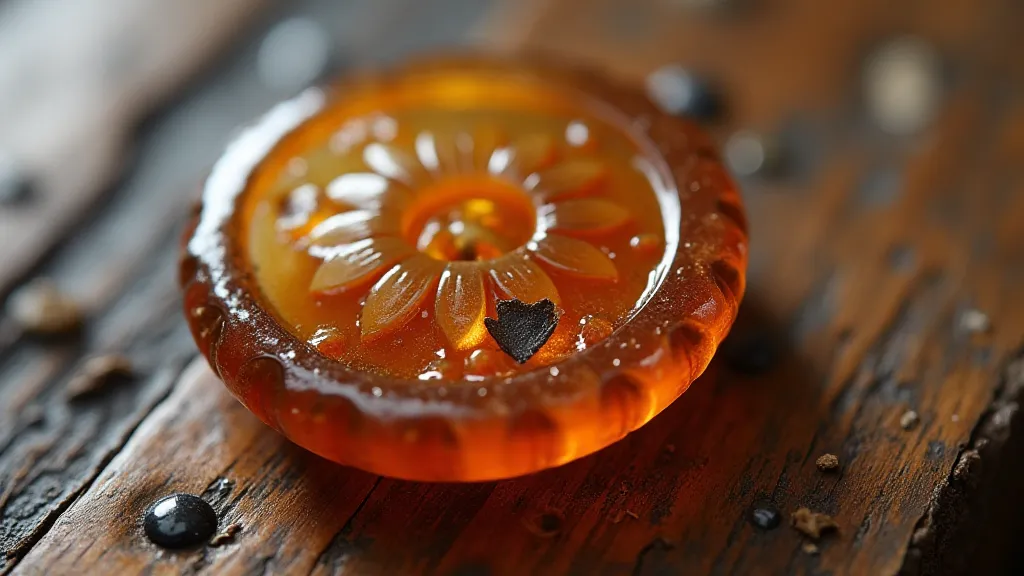
2. Scratches
Surface scratches are almost inevitable on antique buttons, especially those made from materials like glass, shell, or metal. Minor scratches are often considered acceptable signs of age. However, deep scratches or those that mar the design can detract from the button’s beauty and value.
3. Discoloration
Discoloration can arise from a variety of factors, including exposure to sunlight, air, or chemicals. Celluloid buttons are particularly susceptible to yellowing or browning. Metal buttons can develop patina (a darkening or color change on the surface) which, depending on the collector's preference, can be considered desirable or a detracting flaw. The type of discoloration also matters; stains, rust, or fading of original color patterns will have a negative impact.
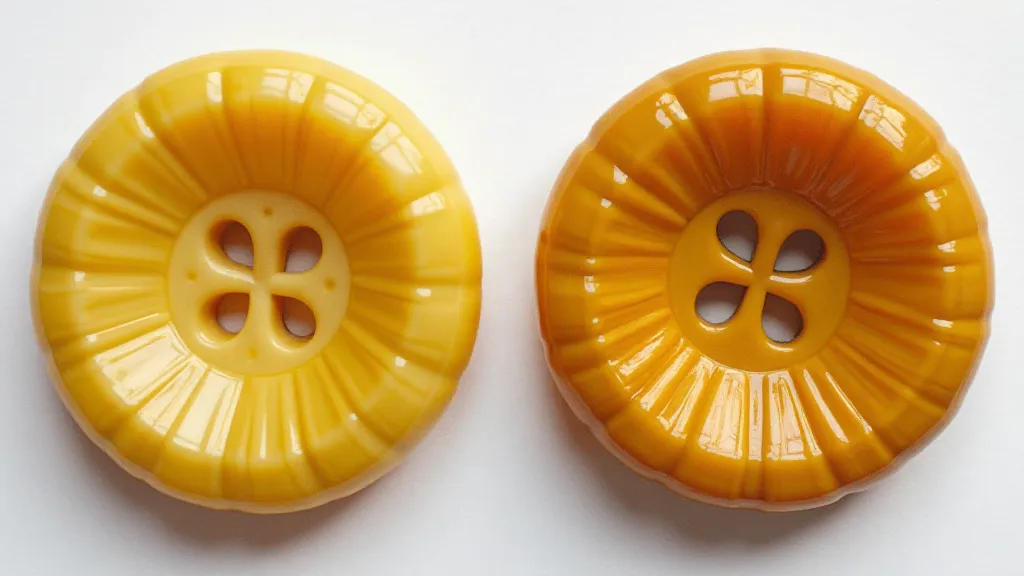
4. Cracks
Cracks, particularly in glass or celluloid buttons, are a serious concern. These can often be hairline fractures that aren't immediately apparent. Cracks weaken the button and can lead to further damage. The presence of cracks dramatically reduces the value.
5. Loss of Finish/Gilding
Some metal buttons, particularly those gilded (covered in a thin layer of gold), can experience loss of finish. This can appear as areas where the gold layer has worn away, revealing the base metal underneath. Complete loss of gilding decreases value considerably.
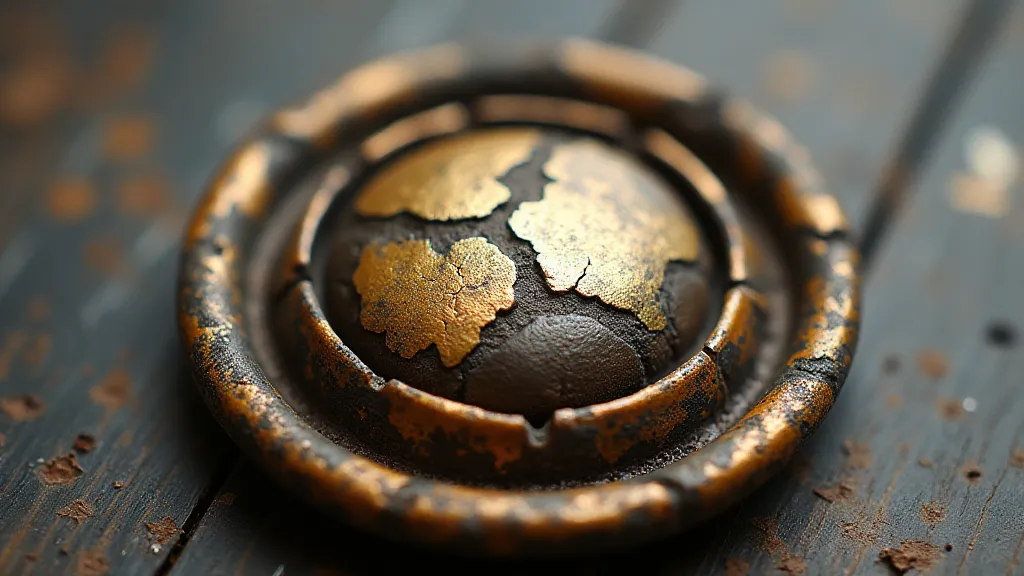
6. Missing Shank/Eye
The shank or eye (the loop or hole through which the button is sewn) is essential for functionality. Buttons missing their shank or eye are considerably less valuable, though still desirable to some collectors for completing sets or for historical interest.
Assessing Condition: A Collector’s Perspective
Ultimately, the impact of a defect on a button’s value is subjective. Some collectors might be more tolerant of minor flaws, while others prioritize pristine condition. Consider the rarity and historical significance of the button when assessing condition. A common button with a small chip might be less affected than a rare, highly sought-after button with the same defect.
Thoroughly examining your antique buttons and understanding these common defects will enhance your collecting journey and help you make informed decisions.
